GROUNDHOG DAY Explained: An Extremely Smart Comedy
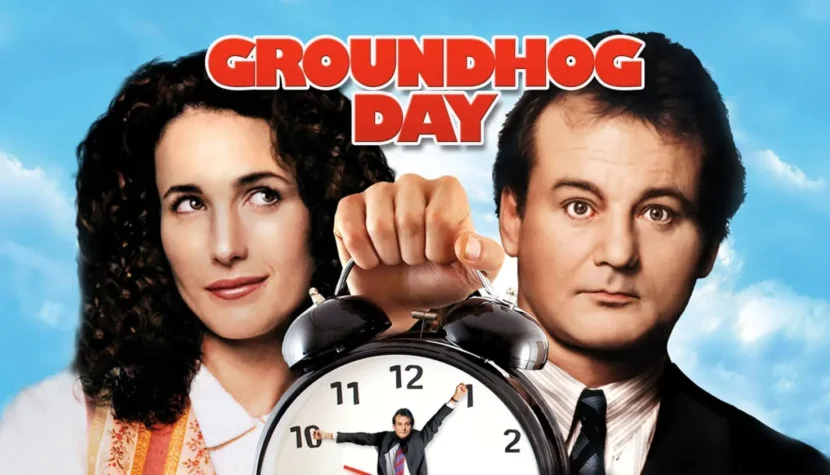
Excuse me, where is everyone going?
To the park. It’s Groundhog Day.
But you still only celebrate it once a year?
“I’m only human,” “nobody’s perfect,” “only those who do nothing don’t make mistakes,” “it’s tough, but we move on,” “the best things in life are the moments” – these sayings, proverbs, and clichés illustrate our existence in the whirlpool of everyday life. Each of us tries, or at least wants to try, to arrange life in the best, most comfortable way, in line with our own vision of happiness. Groundhog day
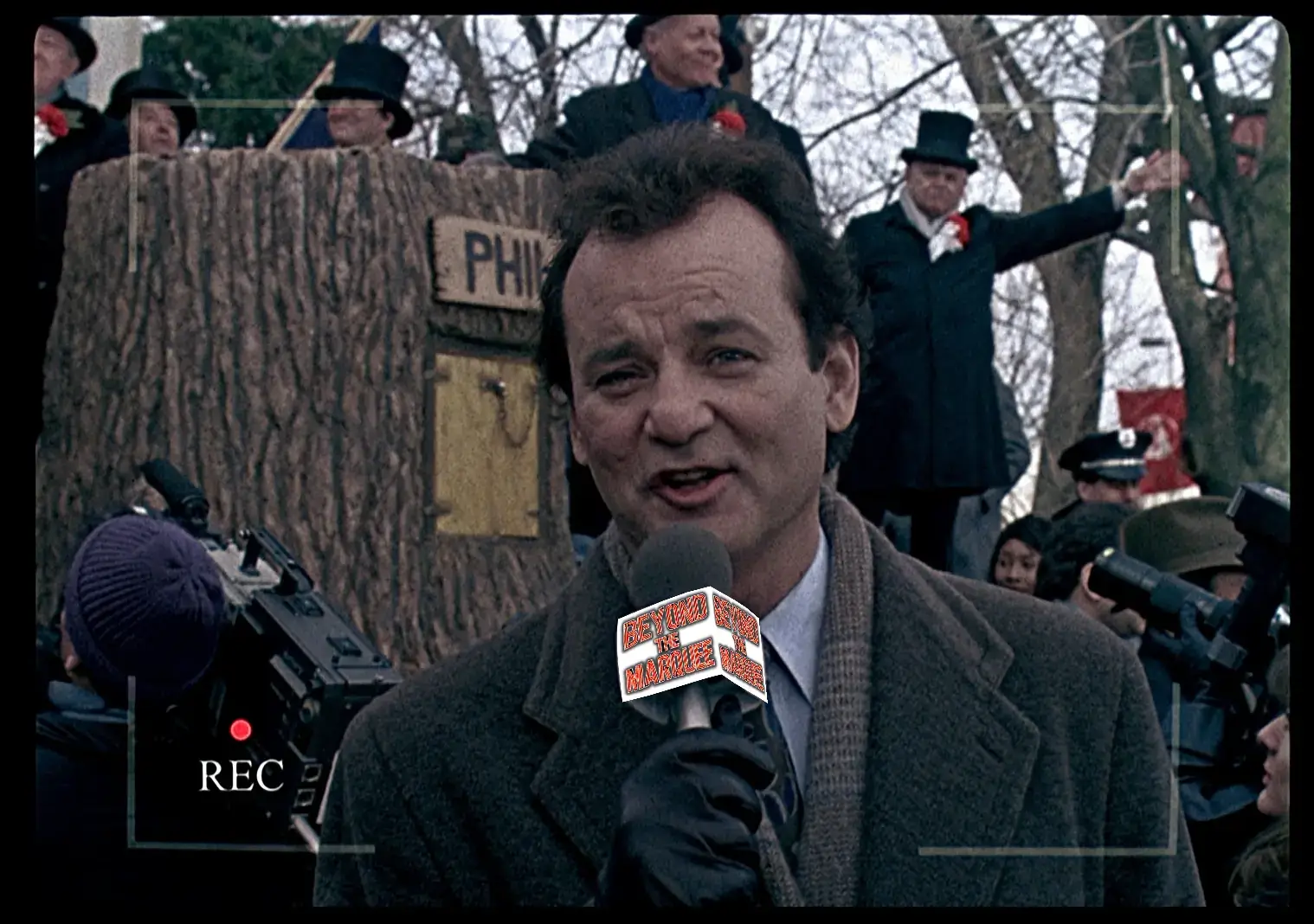
However, something always stands in the way. Imperfection, stupidity, conformity, investigative committees, diseases, selfishness, neglect, ignorance, bad luck, or a series of phenomena commonly called “bad luck in life” force us to keep moving, taking on challenges, facing problems, or, on the contrary, push us into the abyss of apathy, exhaustion, and breaking the law. A sociologist would point to social mechanisms, a priest would say it’s God’s will, a psychologist would find a childhood trauma, a geneticist would show a flaw in the ancestors, a philosopher would contemplate the essence of being, an unemployed person would curse capitalism, etc. etc. Who is in control of our lives? Fate, people, ourselves, the Almighty, Mother Nature, destiny, genes, or just plain, unforgiving chance, as Krzysztof Kieślowski brilliantly once showed?
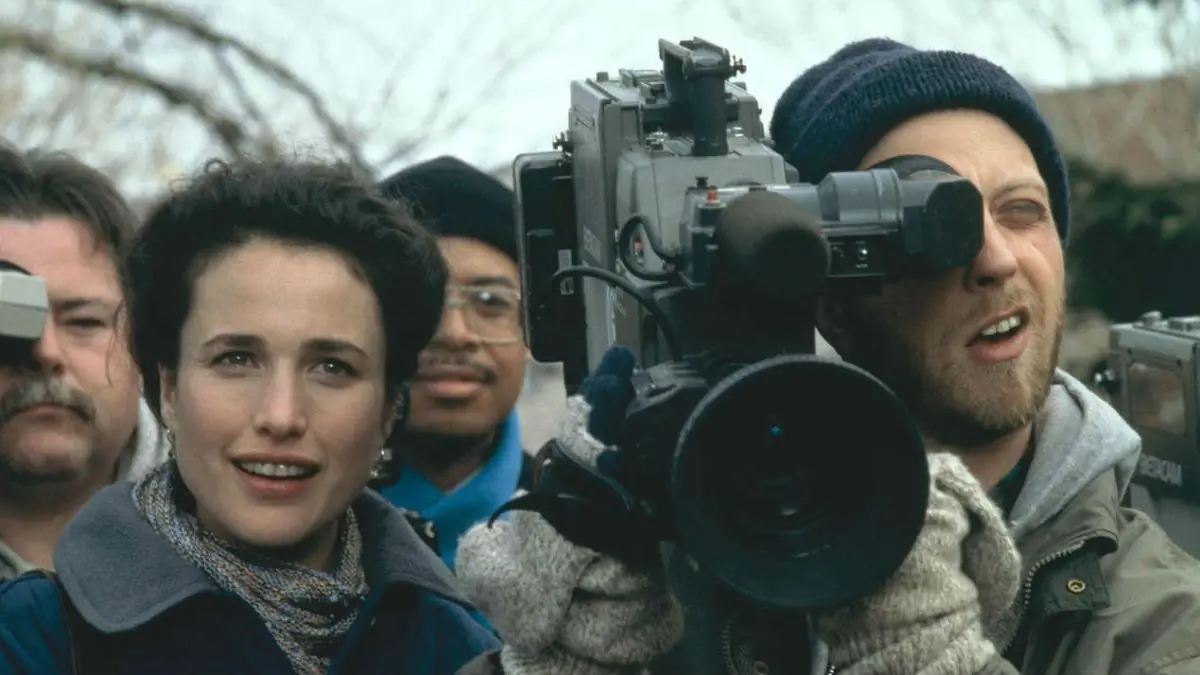
Phil Connors (Bill Murray), a weather reporter from Pittsburgh, probably didn’t have such dilemmas when he went to the town of Punxsutawney for the fourth consecutive year to cover the annual Groundhog Day celebration on February 2nd. Up until that day, nothing and no one mattered to him except for his self-centered belief in his own perfection. Yet, on the day of his departure, he met a wonderful woman, the beautiful producer Rita (Andie MacDowell), and at the sight of her, his stiff, cold heart beat faster. But Phil’s cold self-image prevailed. After quickly recording a segment about the groundhog, who emerges from his burrow, and whether he sees his shadow or not, signaling the length of winter, Phil, Rita, and cameraman Larry packed up their things under Phil’s disdainful leadership. On their way back to Pittsburgh, something gave Phil his first warning in the form of an unexpected snowstorm that forced the crew to return to Punxsutawney.
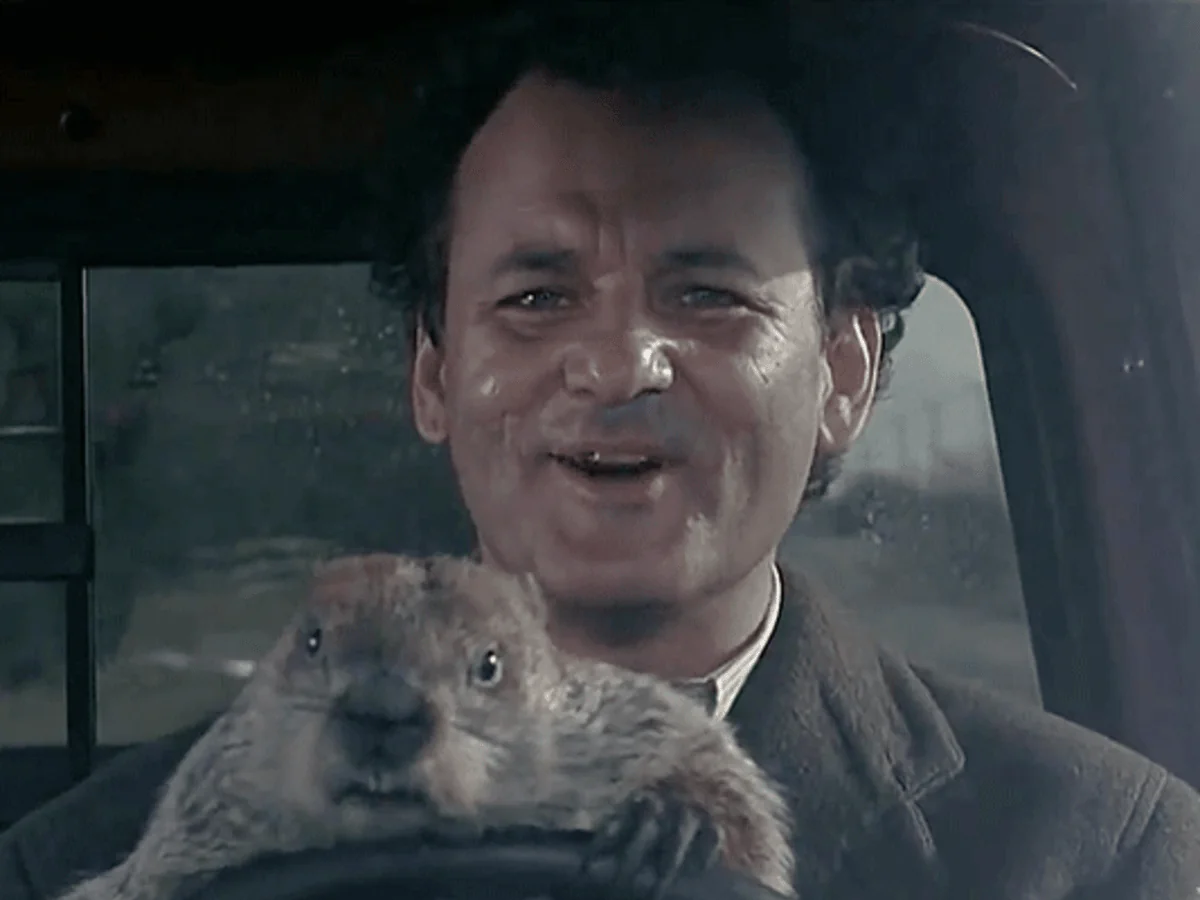
The next day, Phil wakes up at six in the morning… on February 2nd, Groundhog Day, which had already been yesterday. From that moment on, the awareness of the repeated day becomes solely Phil’s experience, as he watches in horror the same events unfold as the day before. No one, including Rita, believes his stories about the unexpectedly real and continually repeating déjà vu. Initially devastated, Phil finds wild joy in his own impunity within the looping time. However, after a few of these same Groundhog Days in Punxsutawney, the cynical weather forecaster does everything he can to avoid waking up every day to the same radio song, I Got You Babe by Sonny and Cher. Yet, even dozens of suicides cruelly end with him waking up on February 2nd. The last hope for Phil Connors, trapped in the time loop, seems to be his growing feelings for Rita, whom he now has the chance to get to know more intimately in these extraordinary circumstances…
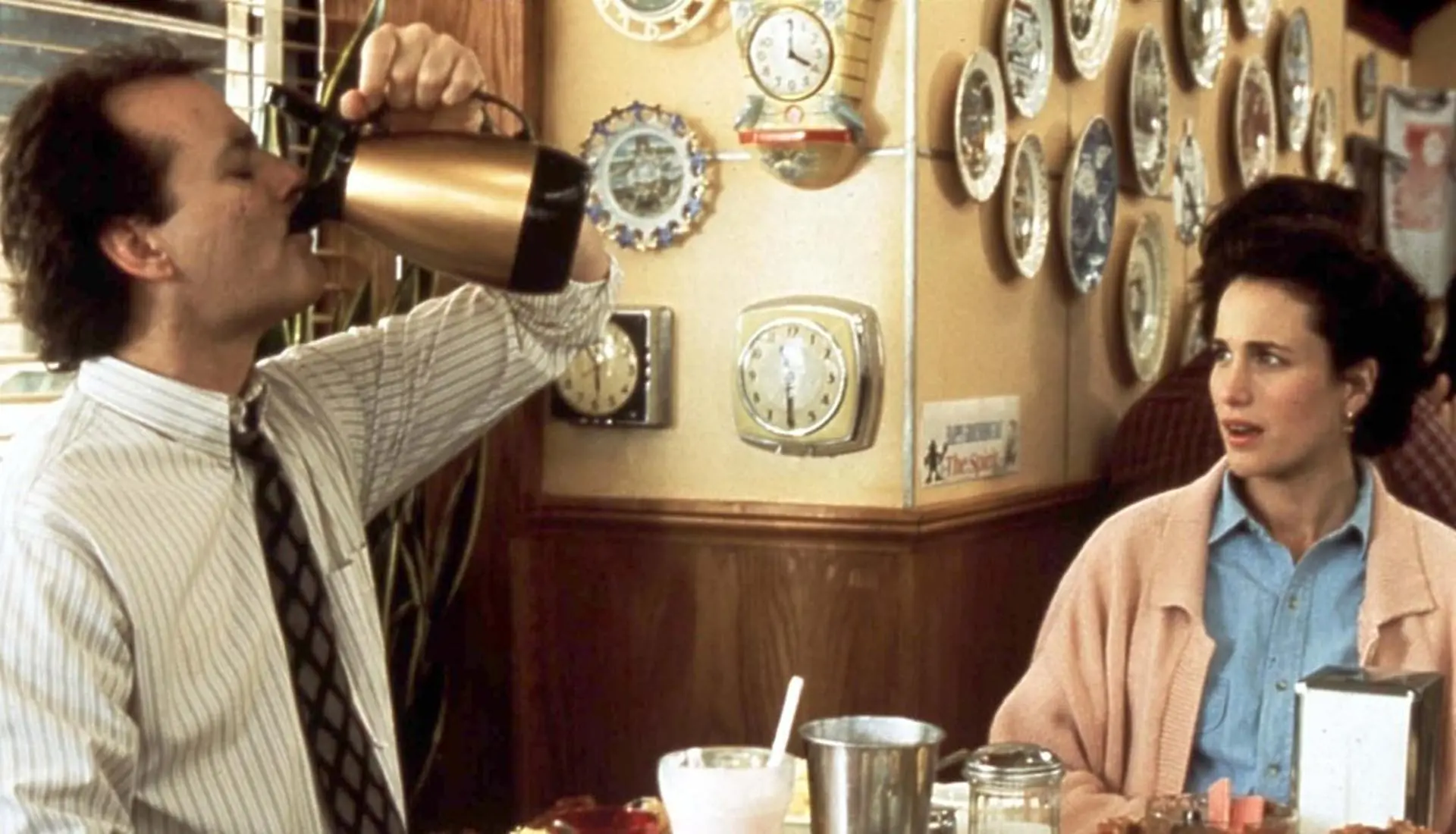
How many times, after making a foolish mistake, making the wrong decision, or making the wrong choice, have we wanted to turn back time and fix the error? We tell ourselves that next time we won’t be fooled by appearances, we’ll be more cautious, more careful, more organized, wiser from the painful experience. And yet, then, forgetting our past failures, we’re deceived again like children. We tell ourselves “the heart wants what it wants,” “blood is thicker than water,” we blame everything around us, instead of making the changes where our own weakness originates. Humans are built in such a way that only a truly painful realization of failure forces them to reexamine the chain of events that led to it. Just like Phil Connors. In this character, created by screenwriter Danny Rubin, each of us can see ourselves in the mirror. We don’t have to be as pompous, cynical, and egocentric as Bill Murray’s brilliantly played character. His protagonist receives a troublesome gift from – well, from whom?
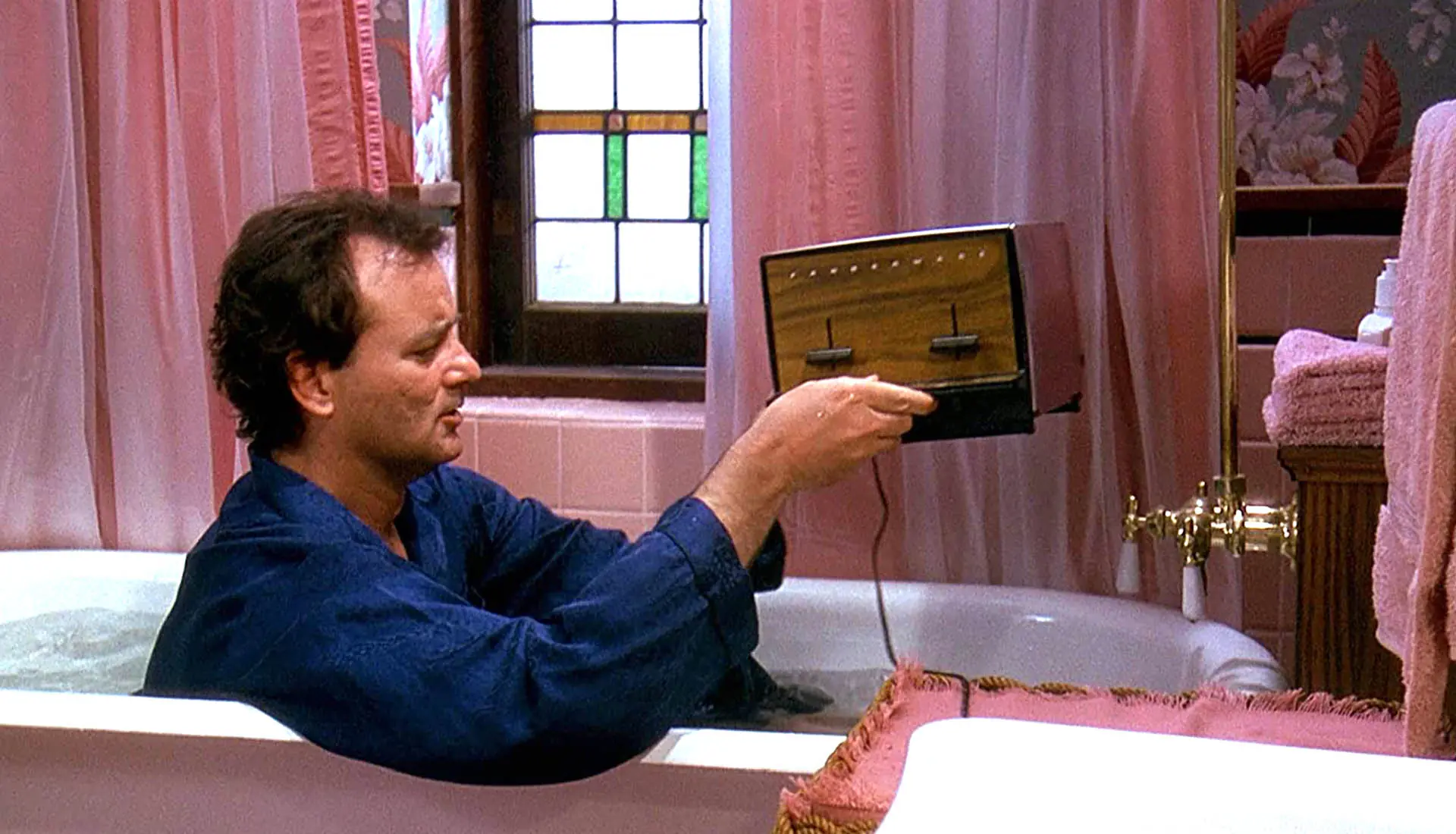
There’s no mention of God, or disruptions in the space-time continuum. I don’t like the word “destiny,” though it’s the one that comes to mind. Something has passed a sentence on Phil – you have only one path to rid yourself of all evil, and the reward will be love. But before you can confess it, you must rebuild yourself. On Groundhog Day, you will be surrounded by people you despise, whom you’re not worthy of. You will be confronted with a person you never wanted to meet – yourself. The world is not to blame. The world, populated by people better than you, may be your only chance at personal catharsis. If it doesn’t work – no problem. In the morning, you will once again hear the song on the radio, whose title will remind you that I got you babe…
A character introduced at point A must eventually end up at point Z, and the rest of the alphabet must be filled with traps that cause the character to evolve. The audience must ultimately acknowledge that the protagonist has been through a lot, but it was worth spending time with them. Groundhog Day is a textbook execution of this formula.
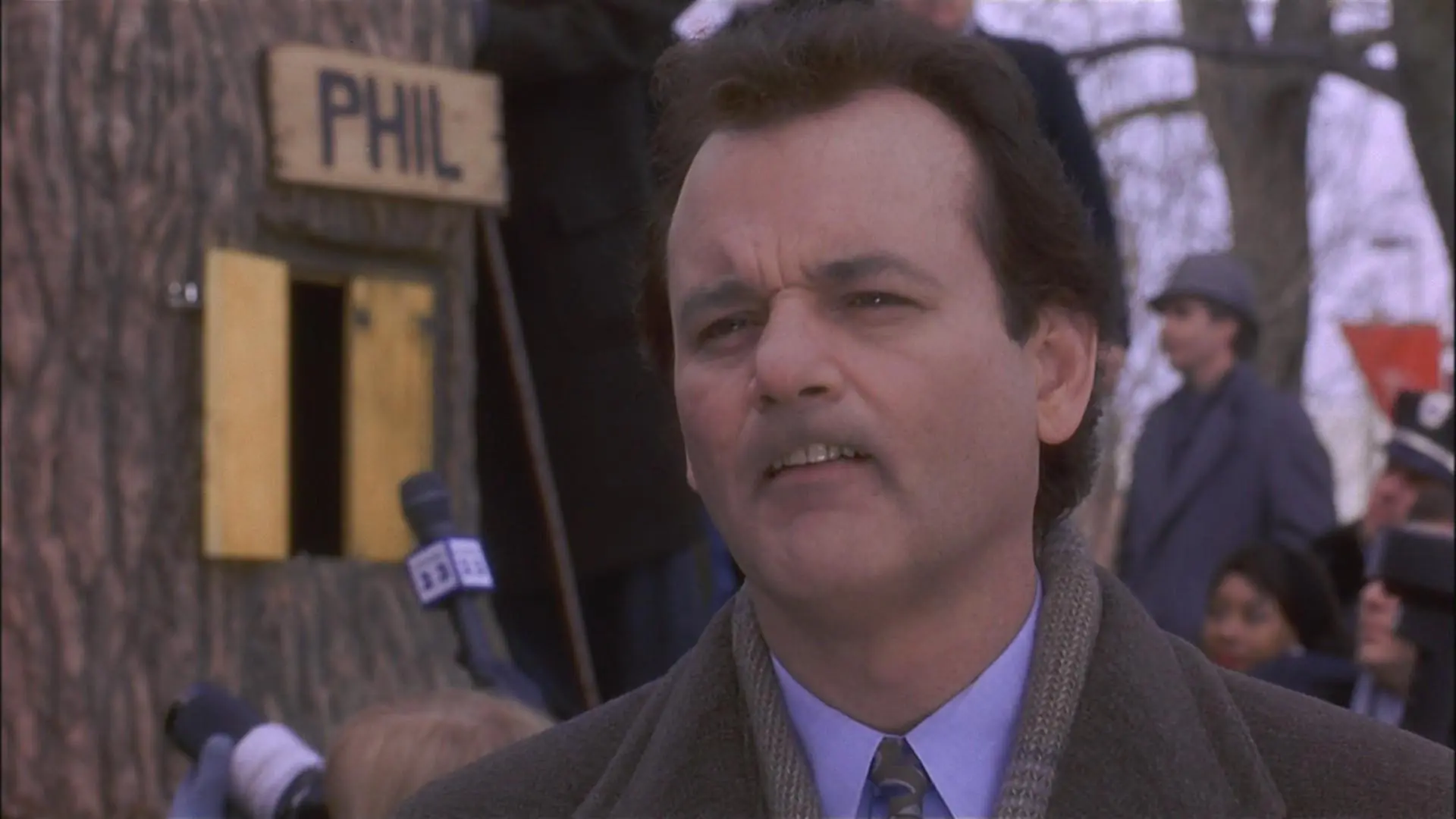
The transformation of Phil Connors, from a rude jerk to a public hero, is a class of its own. Although the entire film is an incredibly funny comedy, its wisdom and simplicity in conveying life’s most important truths should be appreciated. A smart comedy is an extremely difficult genre. It’s easy to fall into cheap moralizing and pretentiousness, expressed through pompous dialogues. Groundhog Day is based on a simple yet brilliant premise. The mental evolution of Connors is shown through the continually repeating same situations that need no verbal commentary. They encompass the entire spectrum of human behavior, from disbelief and unhealthy euphoria, through boredom, nihilism, and resignation, all the way to the discovery of new stages in the evolution of the character’s personality.
The whole of human life in one film – this art has already been successfully achieved on screen many times, as in the shocking Interrogation by Ryszard Bugajski with the brilliant performance by Krystyna Janda. While Bill Murray didn’t need to use such drastic means of expression, the comedic convention paradoxically made this task more difficult. The unlikeable Phil Connors had to be, from the very beginning, a magnet for the audience, with whom they had to identify. There are no miracles – in this unsympathetic weather forecaster character, each of us will find a part of themselves, discovering in their own life story the same situations that force them to confront their own flaws. If only we could get the same chance to live through a certain stage of life once again… Though the trap Phil Connors is stuck in still seems like heaven on Earth.
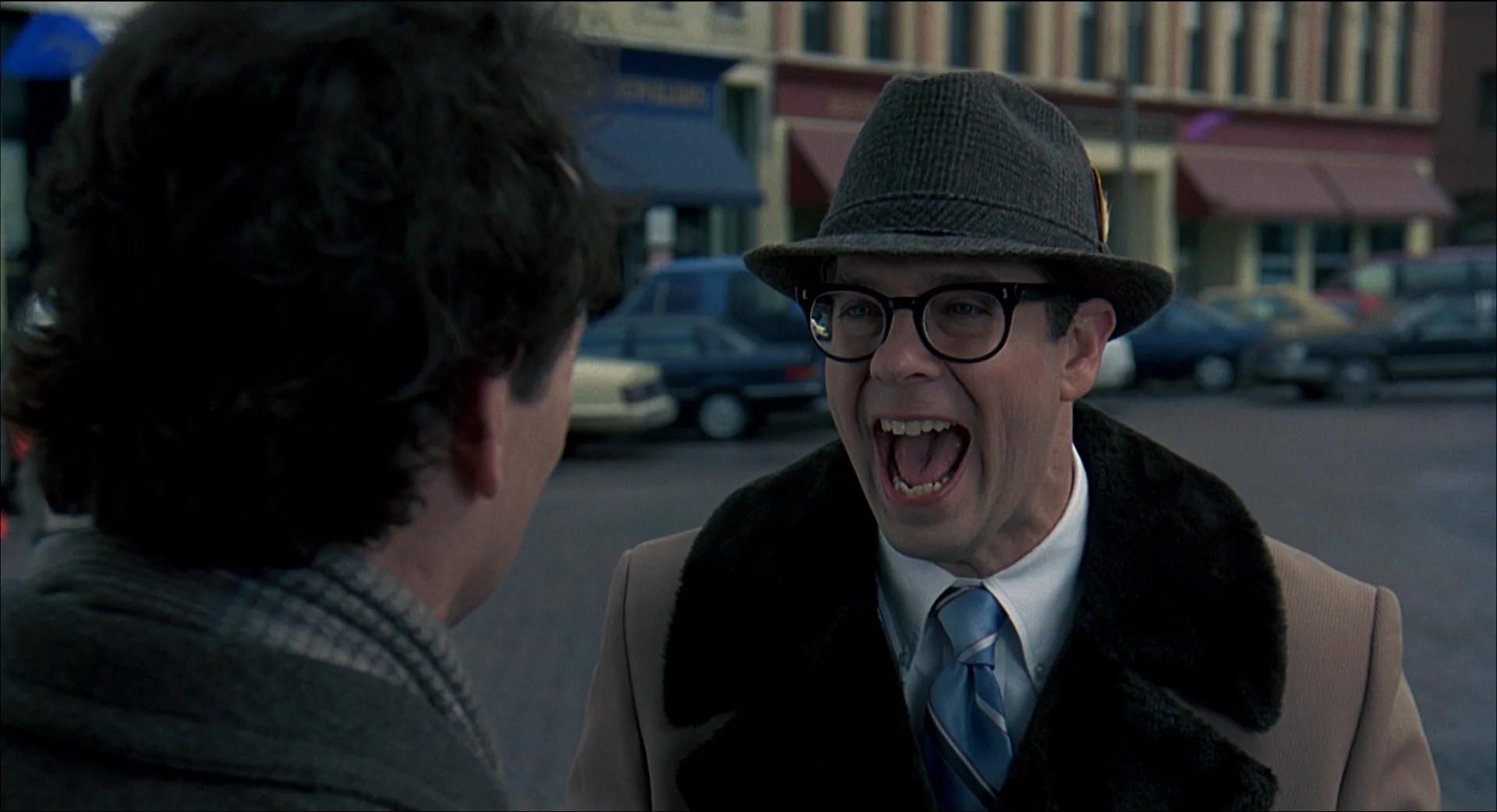
A much more drastic version of Groundhog Day is, after all, the first episode from the film version of The Twilight Zone (1983), where a white, racist protagonist is transported to Nazi Germany (where he is mistaken for a Jew), to the times of the Ku Klux Klan (where he is a black man sentenced to death for the color of his skin), and to the Vietnam War (where they shoot at him because the American soldiers see him as a “gook”). Phil Connors’ case only required him to revise his own meanness, surrounded by the life-loving people of Punxsutawney. The change in Phil’s character was especially emphasized in the scenes with the homeless old man, dying before his eyes.
Groundhog Day was the sixth film on which Harold Ramis collaborated with Bill Murray. In 1980, they worked together on the comedy Caddyshack, written by Ramis, with Murray in one of the supporting roles. The following year, they reunited on the set of the military comedy Stripes, directed by Ramis. In 1984, they triumphed as Ghostbusters, based on the script by Harold Ramis and Dan Aykroyd (Ramis played the ghostbuster Egon Spengler). By the late ’80s, they worked together again on Caddyshack II (1988) and Ghostbusters II (1989), with Ramis co-writing both scripts. In Groundhog Day, Harold Ramis not only co-wrote, co-produced, and directed the film, but he also played a cameo as a neurologist who tells Connors to see a psychiatrist (this scene was shot at 3 a.m. with minimal set decoration). Three years later, Ramis again cast Andie MacDowell in his fantastic cloning comedy Multiplicity.
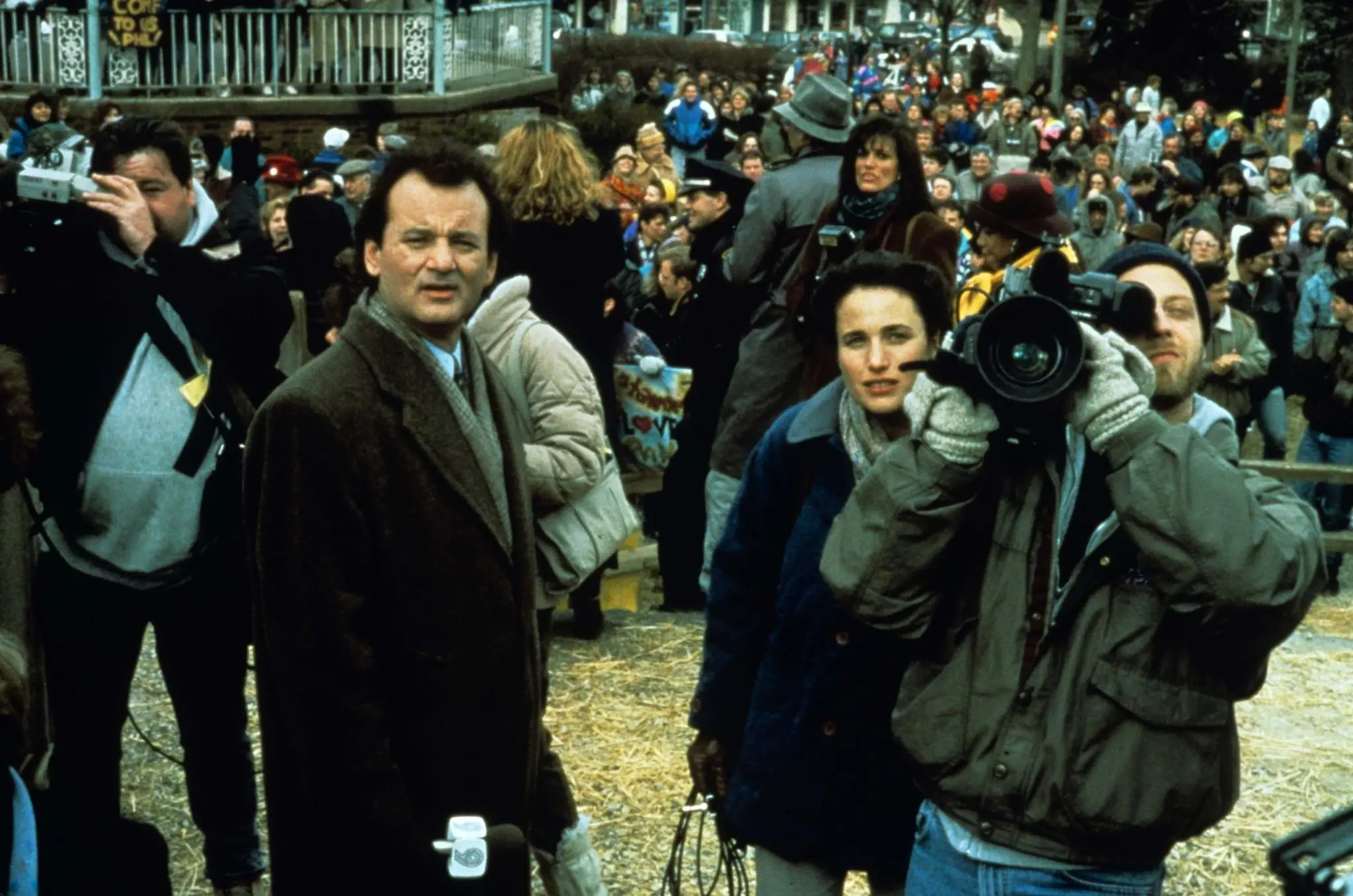
Groundhog Day was filmed between the winter of 1992 and the spring of 1993. The real Punxsutawney in Pennsylvania only appeared in a few shots at the beginning of the film. All the other locations were successfully recreated in the town of Woodstock in Illinois (not to be confused with the original Woodstock, the former flower-power capital in New York state). The location change was due to the fact that real Punxsutawney didn’t have a suitable town square, and the Groundhog Day celebrations take place in a park on the outskirts of the town. The filmmakers needed this particular urban feature, which they found in Woodstock, where a delegation of Punxsutawney residents came for the shoot, ensuring the exact atmosphere of the event (and adding to the group of 500 extras). The hotel where Phil Connors stays is actually an opera house. Its interior was recreated on studio sets, while the interior of the hotel bar was a real bar located in the basement of the Woodstock courthouse. That location was also used for the shot of Phil being locked in a jail cell—only the bar tables had to be removed from the frame. The master of ceremonies for Groundhog Day was played by Brian Doyle-Murray, Bill Murray’s older brother (one of five brothers, with Brian being number two and Bill number three).
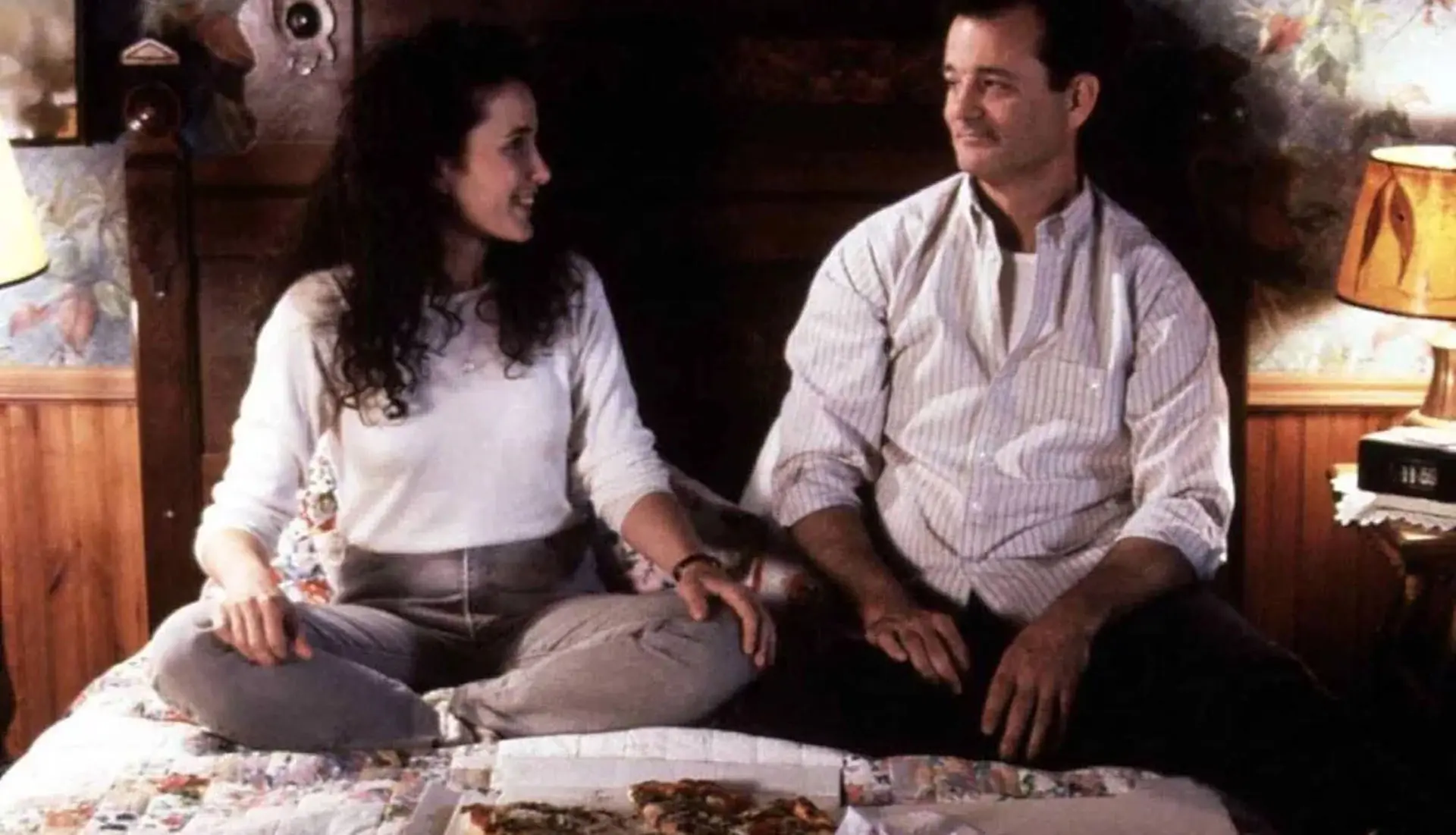
Originally, Danny Rubin trapped Phil Connors in a time loop lasting several thousand years, caused by a curse cast by Phil’s ex-girlfriend. However, Harold Ramis’s more practical film approach shortened the time span to a few months, still experienced in a continuous loop of Groundhog Day (counting each repetition in the film, this amounts to about a month, though in the dialogue, there are hints suggesting a slightly longer time). In addition to removing the explanation for the time loop, the most significant script change made by Harold Ramis was adding Phil Connors’ backstory before the repeating Groundhog Day. Danny Rubin’s original script began during one of the repeated Groundhog Day celebrations (specifically from the scene where Phil hits Ned Ryerson), and the audience was introduced to the story through Phil Connors’ off-screen commentary. The opening TV sequence was only filmed during the final days of shooting. The evening party, where Phil Connors is overwhelmed by the gratitude of the people of Punxsutawney, was originally written as a wedding celebration in the script.
For instance, the brilliant series of episodes with the persistent Ned Ryerson (played by the excellent Stephen Tobolowsky) was filmed on the same overcast days, which significantly simplified the logistical process of preparing these identical scenes, set in the same weather conditions. Only Bill Murray had to play a different emotional state each time. It was a very schizophrenic work environment, literally intensified by a hole in the road that Phil had to step in several times. This was also the work of the crew.
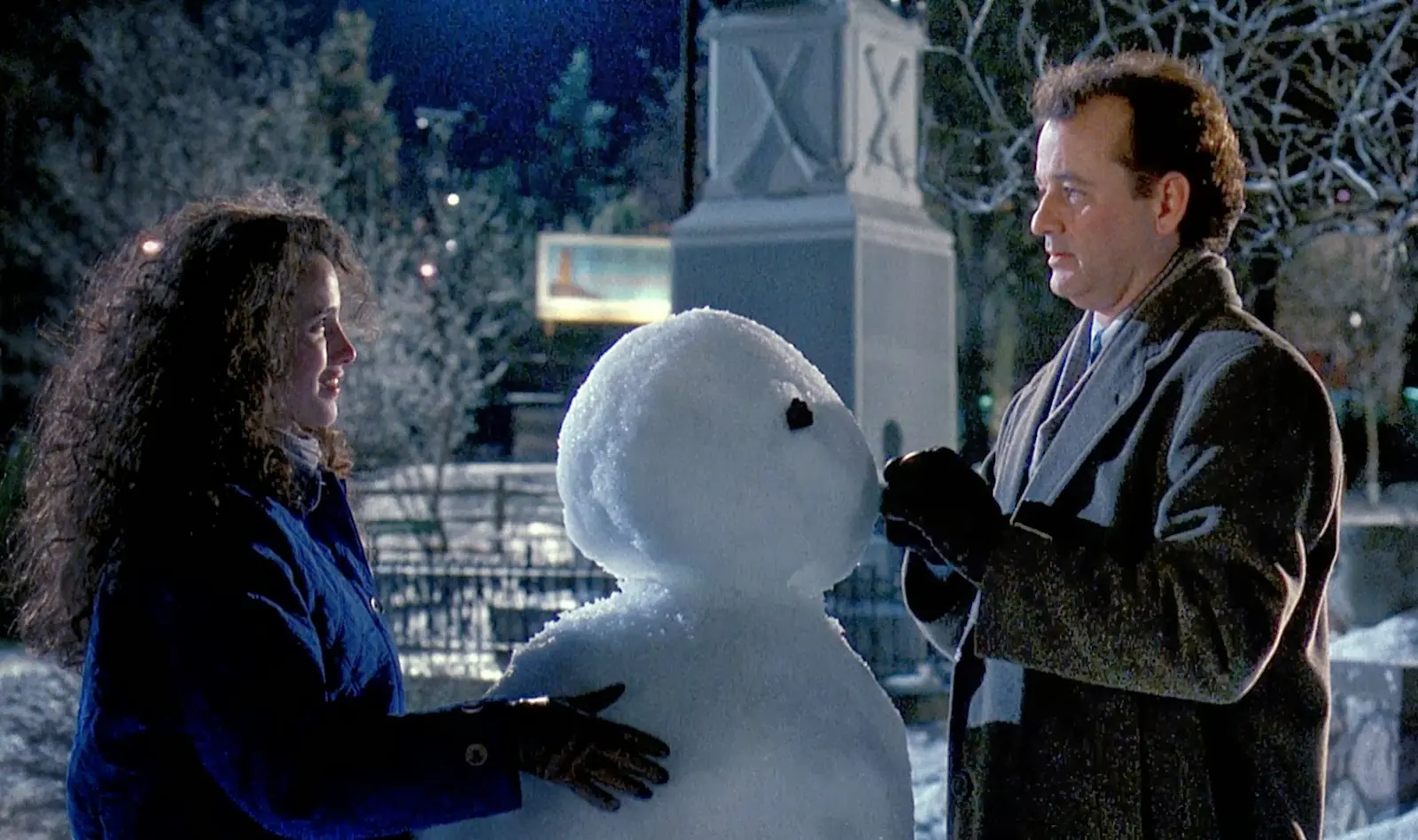
An old cinematic rule regarding weather was fully realized on the set of Groundhog Day. The outdoor dialogue scene after Phil’s crew arrives in Punxsutawney was shot in several degrees below freezing, without snow. Filming was repeatedly halted because Andie MacDowell would literally freeze, much like Clark Griswold’s daughter during the Christmas tree search. Meanwhile, the snowstorm scene, in the part where the crew unsuccessfully attempts to return to Pittsburgh, was created in the typical filmic way—using snow machines and white sheets on the horizon, simulating snow-covered patches of the landscape. That’s why, in that scene, Bill Murray could engage in dialogue with the police officer while wearing just a regular shirt. The voice of the officer in that scene was not that of the actor playing the role.
Each time Phil Connors wakes up at 6:00 AM, it happens at dawn. In reality, at this time of year and at this hour, there would be pitch darkness in Punxsutawney. But of course, the on-screen hero can’t wake up under the same conditions as people heading to work on the first shift in January’s cold. The scene where Bill recites French poetry to a surprised Rita was filmed in a Bavarian restaurant in Chicago, just like the scene where he saves the weather forecaster from a heart attack. The woman to whom Phil lights a cigarette is Lindsay Albert, the wife of the film’s producer, Trevor Albert. Andie MacDowell hails from Gaffney, South Carolina. Exactly there, on the site of an abandoned nuclear power plant construction, James Cameron filmed The Abyss (1989). Both in The Abyss and Groundhog Day, the same actor, Chris Elliott, appeared.
Harold Ramis accomplished the difficult task of leaving the viewer with the most important questions after the film ends. It’s hard not to reflect on our own lives, wondering if perhaps Groundhog Day is actually our reality? The same daily routine, the monotonous cycle eroding uniqueness, and the constant feeling that life is passing us by. A half-filled mug is a mug that’s half empty.
Ah, if only we could become masters of time, trying the results of our choices over and over… For us, the viewers rooting for Phil Connors, all that remains is to take a lesson from him, without waiting for a miracle.

